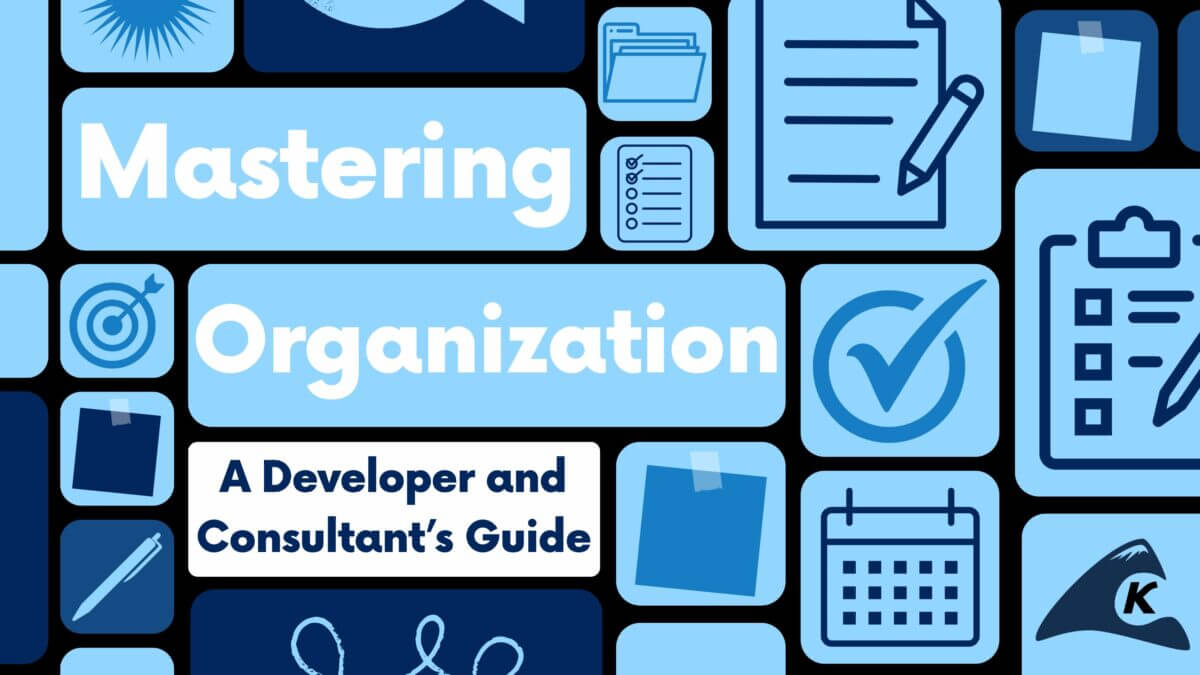Tl:dr: Use Event Storming to rapidly gain group understanding of complex business domains while having a more enjoyable time.
While I was browsing tech news sites looking for articles, a headline caught my eye talking about domain-driven design (DDD). Its main idea was to implement Event Storming to drive the understanding of the business domain. The more I read about it, the more I saw the value in what Event Storming offered.
On a recent consulting project, we were piloting Agile in a Waterfall environment, so in reality, any requirement gathering process used would have been new. We chose to compare Event Storming to User Story Mapping, allotting just one hour to work with each process. The process that the pilot Agile team favored would then be used going forward.
In this blog, I will share the main takeaways and benefits that became apparent while implementing Event Storming sessions, especially as compared to User Story Mapping. I will first explain the project we worked on and underlying opinions that drove our trial, what key aspects of Event Storming stood out to us, and then tips I picked up along the way for effective Event Storming sessions….













